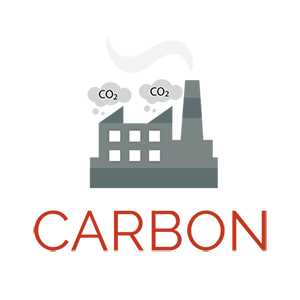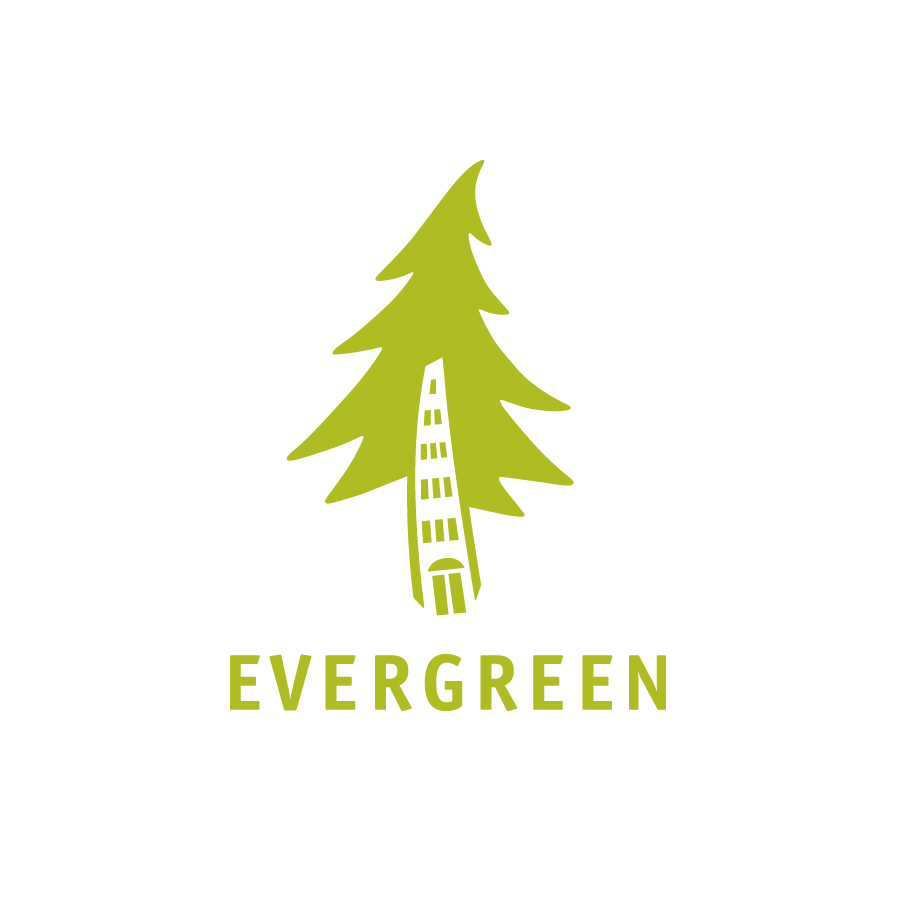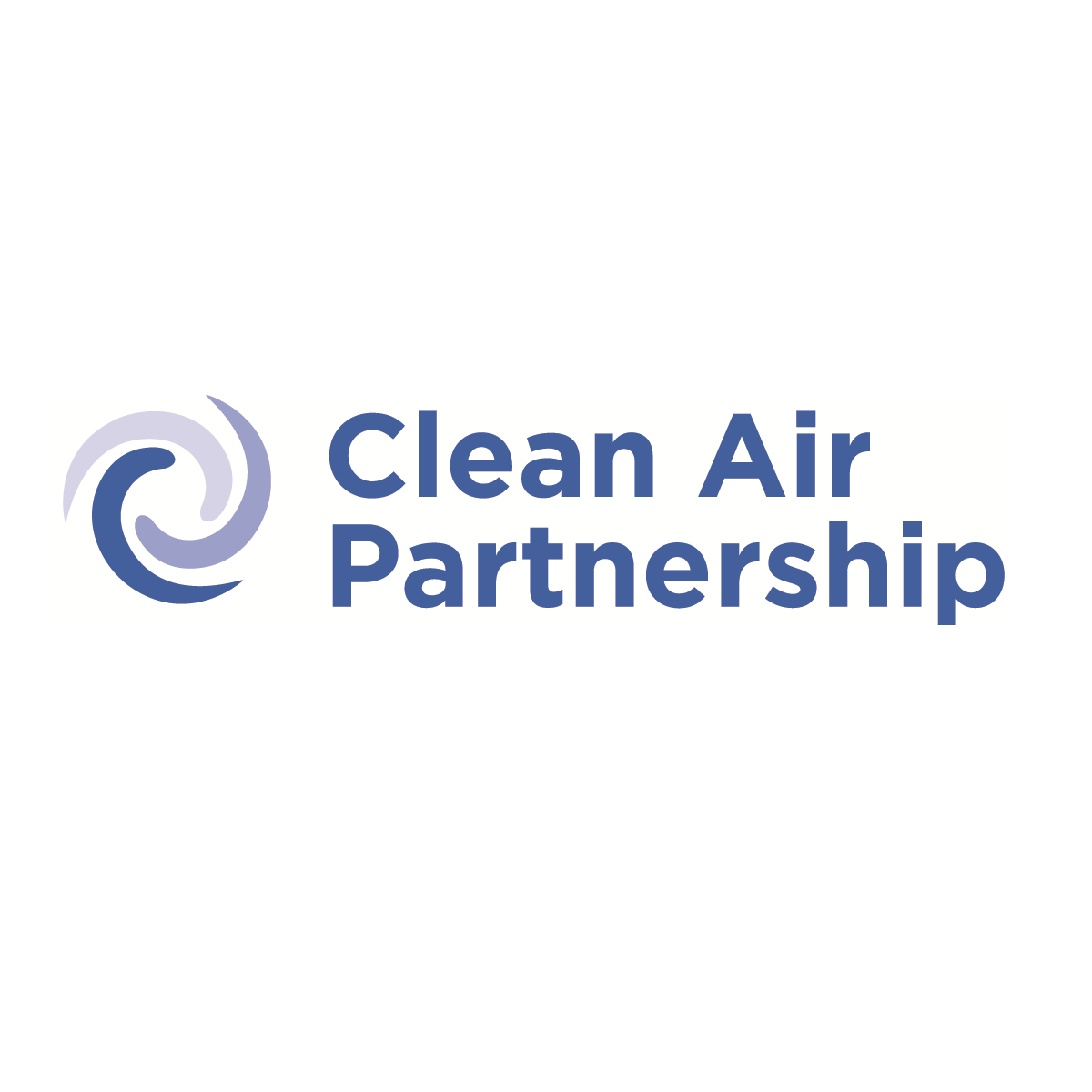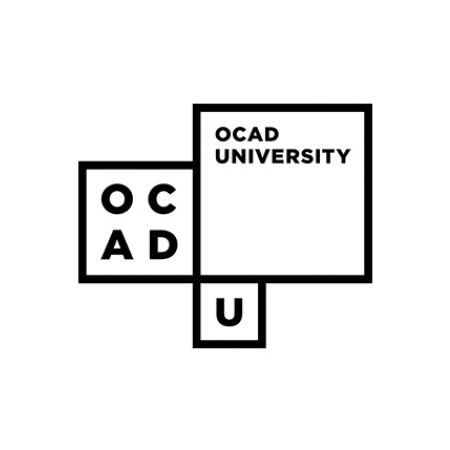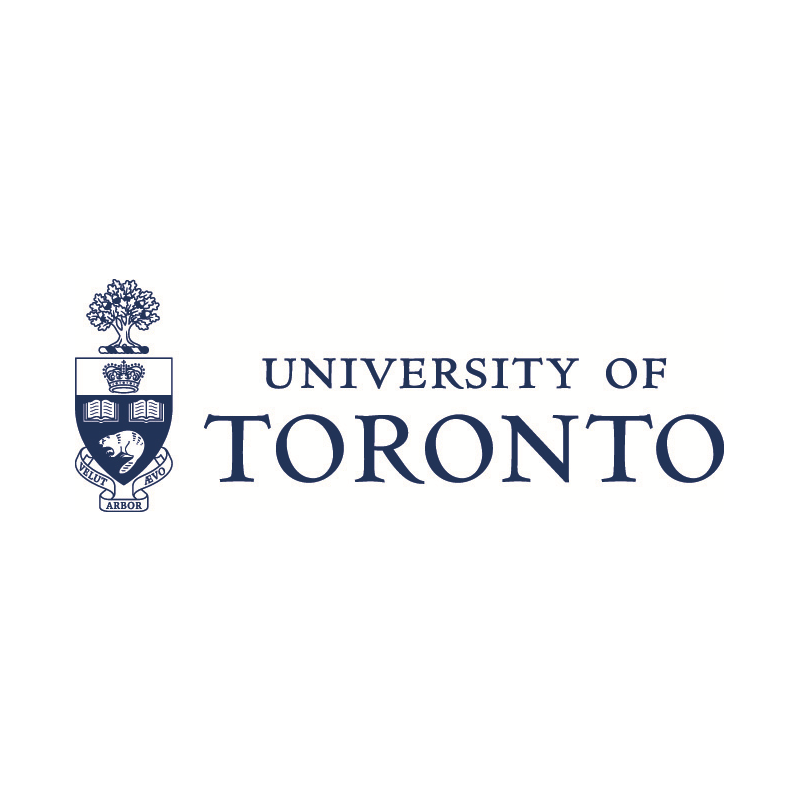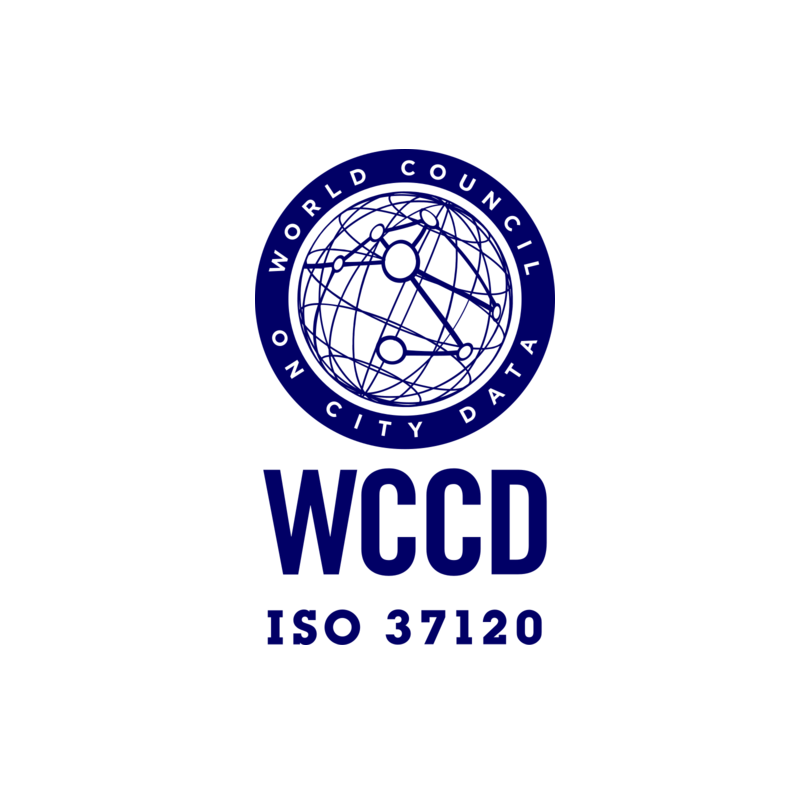The Living City® Report Card is a progress report on environmental sustainability in the Toronto region.
It looks at six themes – CARBON, AIR QUALITY, WATER, WASTE, LAND USE and BIODIVERSITY– and answers three important questions: How are we doing? Where have we excelled? And on what issues do we need to work even harder?
The first The Living City® Report Card was released in 2011. VIEW IT NOW.
The 2016 report card is a five-year progress report.
Change since the first The Living City® Report Card in 2011 is mixed: the Toronto region has made some important improvements, maintained past progress in other areas, and seen other indicators decline.
However, the overall picture is clear: progress toward a sustainable Toronto region is slow.

The path ahead is not easy. We face many challenges: a growing population, continued urban development, and climate change.
Nevertheless, there is reason for optimism. Many individuals and organizations are undertaking great efforts to advance environmental sustainability in our region.
By thinking and acting regionally, we will make the Toronto region a cleaner, greener, and healthier place to live. Together, we can accelerate our collective impact. Together, we will achieve more.
READ THE 2016 REPORT CARD

ABOUT THE LIVING CITY® REPORT CARD

The Living City® Report Card is a progress report on environmental sustainability in the Toronto region. It looks at six themes – carbon, air quality, water, waste, land use, and biodiversity.
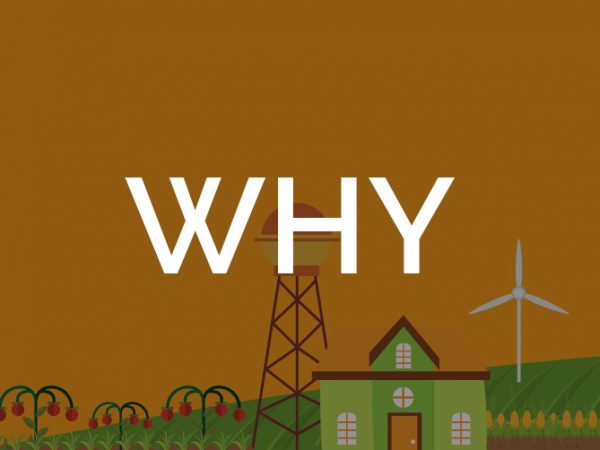
The Living City® Report Card is based on the idea that an understanding of where we are now helps us get to where we want to go.

The Living City® Report Card uses a series of indicators established in 2011 by a multi-sector working group.
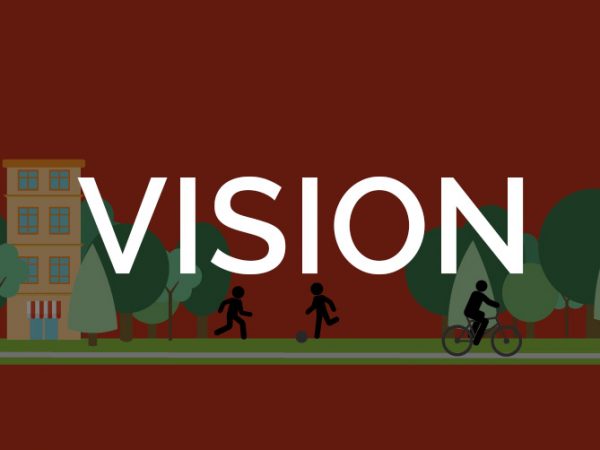
The Living City®: Where humans can flourish forever as part of nature's beauty and diversity. We are working toward our vision for a cleaner, greener, and healthier place to live today and for future generations.

Reduced carbon, clean air, clean water, reduction of water use and waste, sustainable land use and expanded greenspace, and healthy biodiversity.
The Living City® Report Card 2011
Toronto and Region Conservation Authority (TRCA) and CivicAction’s Greening Greater Toronto collaborated with organizations and environmental leaders across the region to produce the first Living City® Report Card in 2011.

The Living City® Report Card 2016 Has Six Themes:
CARBON
Carbon dioxide is one of the primary greenhouse gases (GHGs) emitted to the atmosphere by human activities.
Burning oil, gas, coal and other fossil fuels in our power plants, factories, homes and vehicles releases GHGs. These GHGs trap heat in the atmosphere and oceans, contributing to global warming and climate change.
There is broad consensus among scientists and decision makers that climate change is the most serious environmental threat facing our planet, its ecological systems and our way of life.
Global emissions of GHGs have reached the highest levels ever measured.

Transportation fuel use and natural gas consumption by homes and businesses for heat are the two largest sources of GHG emissions in the GTA.
Although we’re working hard to reduce our GHG emissions, there is still quite a bit of work to be done. Municipal leaders need to keep in tune with emerging federal and provincial policy frameworks to determine how their cities can influence, adopt and build upon these policies at the local level.
AIR QUALITY

Air pollution is responsible for significant negative health impacts. Research has linked air pollution to a number of health concerns, including allergies, respiratory illness, cardiovascular disease, and cancer.
Even at low levels, air pollution can cause significant health impacts due to the long-term systematic exposure. These health impacts have a strong bearing on our quality of life and place an unnecessary strain on the health care system.
Over the past decade, concentrations of most common air pollutants have declined across Ontario. However, variations in air quality within a community can be as great as the variation between communities; and this variation is rarely measured.

We do know that when we drive our vehicles and use energy in our offices and homes, we are likely burning fossil fuels (such as gasoline, natural gas, and/or oil) and sending pollution into the air. This contributes to smog and poor air quality, which is directly linked to impacts on human health.
In order to improve air quality in the GTA, we need all levels of government to continue to encourage the development of clean industry, energy and transportation.
We also need more comprehensive and detailed local area monitoring within urban neighbourhoods to better understand how air quality is affecting people at the local level.
WATER

Water is one of the most important substances on earth. Clean, safe water in our region’s rivers and streams and in Lake Ontario is critical to our economic, social, and environmental health.
Clean water is necessary for commercial activities such as agriculture, fishing, and manufacturing. It is also important for recreational activities such as swimming and boating.
The biodiversity of our streams and lakes depends on clean water, and so does our own health and well-being. Clean water is a precious and limited resource that should be valued and protected.
Water management is central to environmental sustainability. Despite the fact that water is a limited resource, Canadians are among the highest consumers per person in the world.

Poor water management in urban areas can lead to flooding, water pollution, contamination of drinking water and damage to local ecosystems.
For example, in some areas untreated and uncontrolled stormwater flows directly into streams, carrying contaminants and increasing stream flow volume and speed. This impacts the aquatic ecosystems and increases the risk of flooding in our local waterways.
Opportunities to improve water management include full-cost pricing for water to encourage water conservation, and incorporation of low impact development (LID) techniques into stormwater management.
WASTE

Almost everything we do creates waste. Waste is often stored in landfills, which produce carbon emissions, take up valuable land, and represent a wasted use of valuable materials that could have been reused, recycled, or resold.
As our population continues to grow, we will continue to create waste. Our current consumption levels are unsustainable and will impact the kind of world we will leave for future generations.
Although there have been some small gains in individual municipalities, waste management for the GTA as a whole has not improved over the past five years.
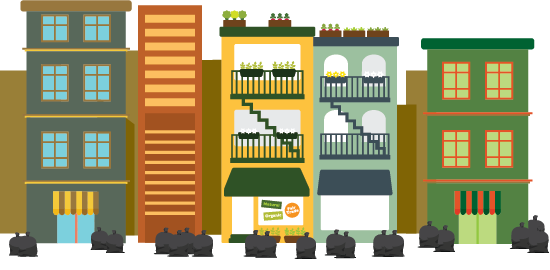
Effective waste management contributes to preserving our environment and making our region more sustainable.
We need to focus our attention to the on making waste diversion a priority, particularly in multi-unit residential buildings. This includes making waste diversion easier for residents and building tenants by increasing opportunities for recycling, reduction, and reuse of materials.
LAND USE

As the population of our region continues to grow, managing the way we use our limited land becomes increasingly important.
We need to accommodate our growing population while also protecting our natural infrastructure and the services it provides. We need to create a more walkable, transit-oriented and self-sustaining region.
Better land use planning can improve traffic congestion, air quality and other quality of life dynamics, while also reducing water and energy waste, and preserving natural features.

In the GTA, the rate of urban sprawl has decreased and “green building” has increased since the last report card. But farmland in the region continues to be lost, and the amount of greenspace per person has declined. The urban forest has limited diversity and has been affected by insect pests and extreme weather events.
To improve our regional sustainability, we need to build complete, compact and green communities, invest in green infrastructure, and strategically acquire, restore and protect greenspace and agricultural land.
BIODIVERSITY

Biodiversity, the wide variety of living organisms and their ecosystems, provides us with irreplaceable services, like clean air and water, pollination of crops, and moderation of floods and storms.
Biodiversity is a reflection of ecosystem health, which is essential to our own health and well-being.
 In the Toronto region, biodiversity is changing: tolerant stream fish seem to be replacing more sensitive species, and the biodiversity of native plants and animals appears to be declining.
In the Toronto region, biodiversity is changing: tolerant stream fish seem to be replacing more sensitive species, and the biodiversity of native plants and animals appears to be declining.
These changes are largely due to the negative impacts from urbanization.
 Impacts from urbanization include stormwater runoff (altered water flow amounts, speeds and patterns), water pollution (including warm water), invasive species, and habitat loss and fragmentation.
Impacts from urbanization include stormwater runoff (altered water flow amounts, speeds and patterns), water pollution (including warm water), invasive species, and habitat loss and fragmentation.
To improve this aspect of environmental sustainability, we need to incorporate better stormwater management to help enhance water quality and flow, protect and restore coldwater streams, and strategically acquire, restore and protect more forest and wetland.
Contributions From


